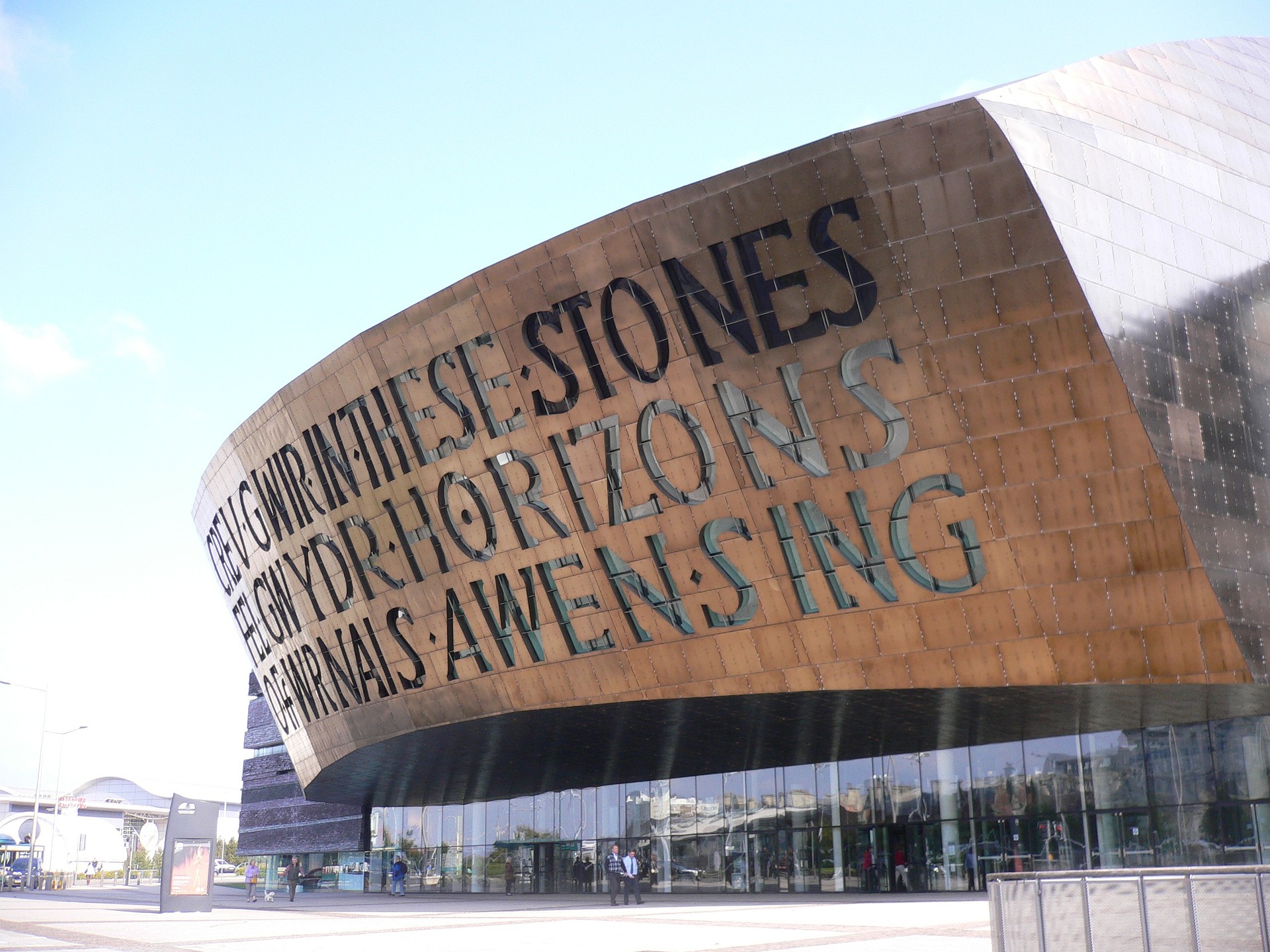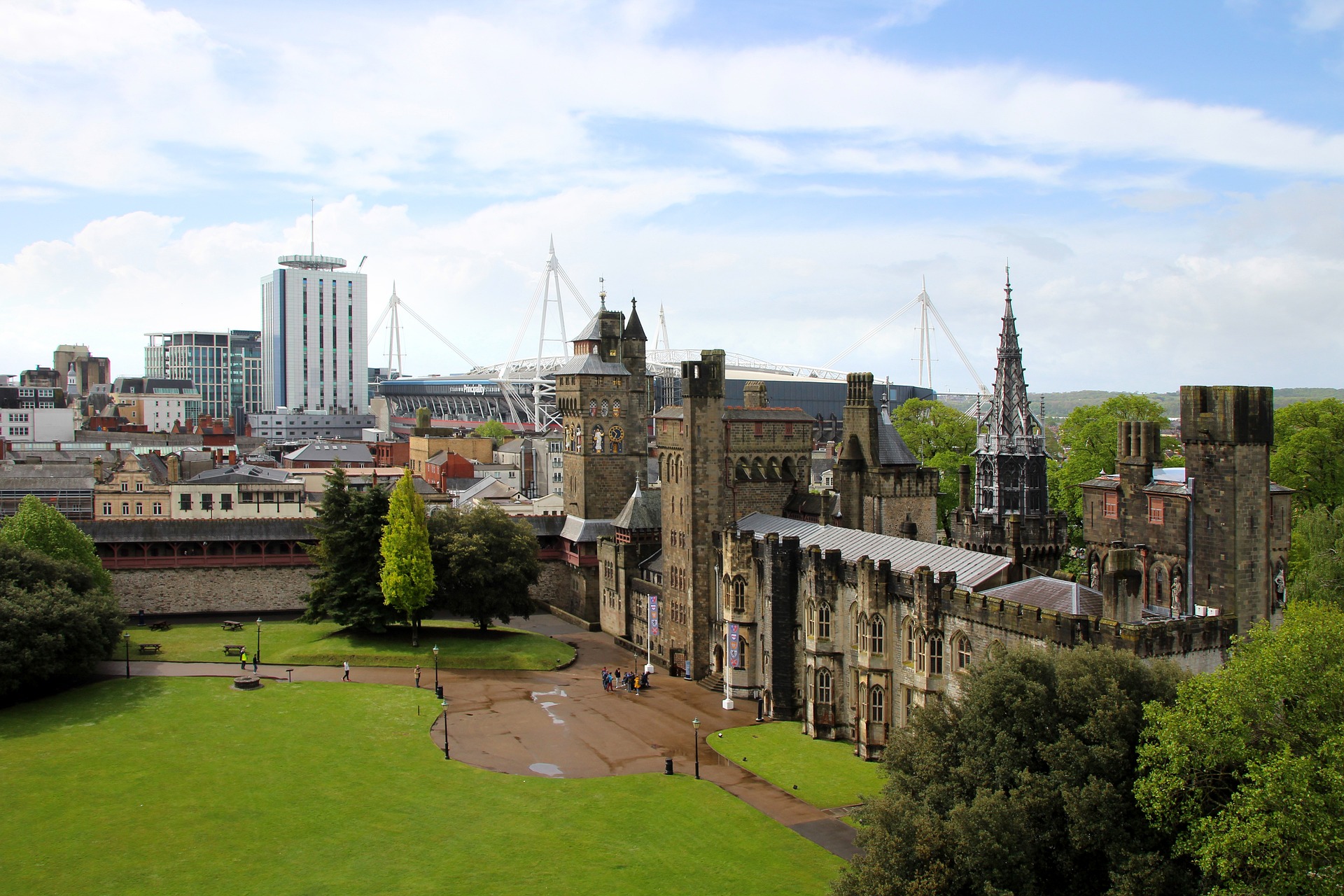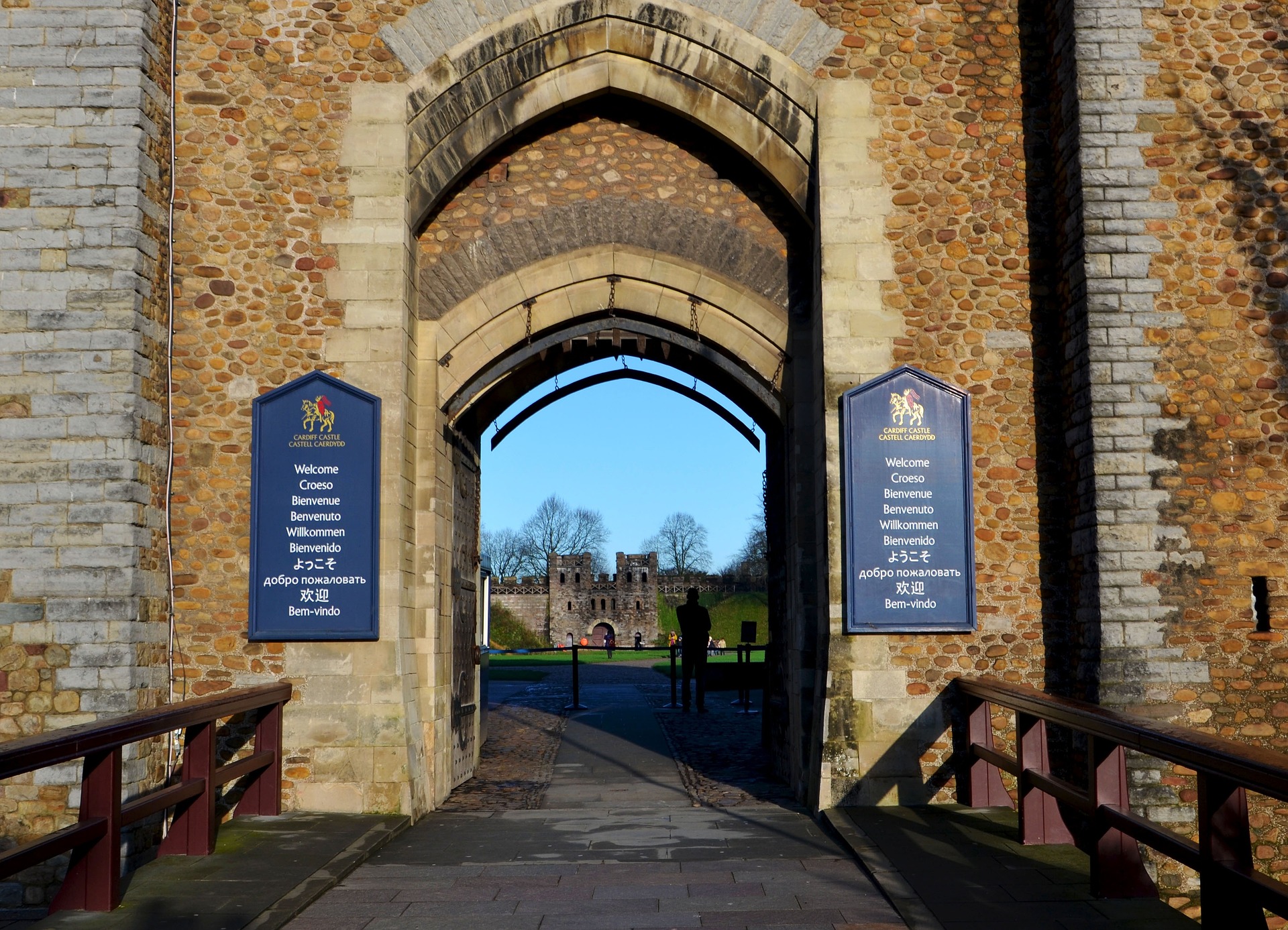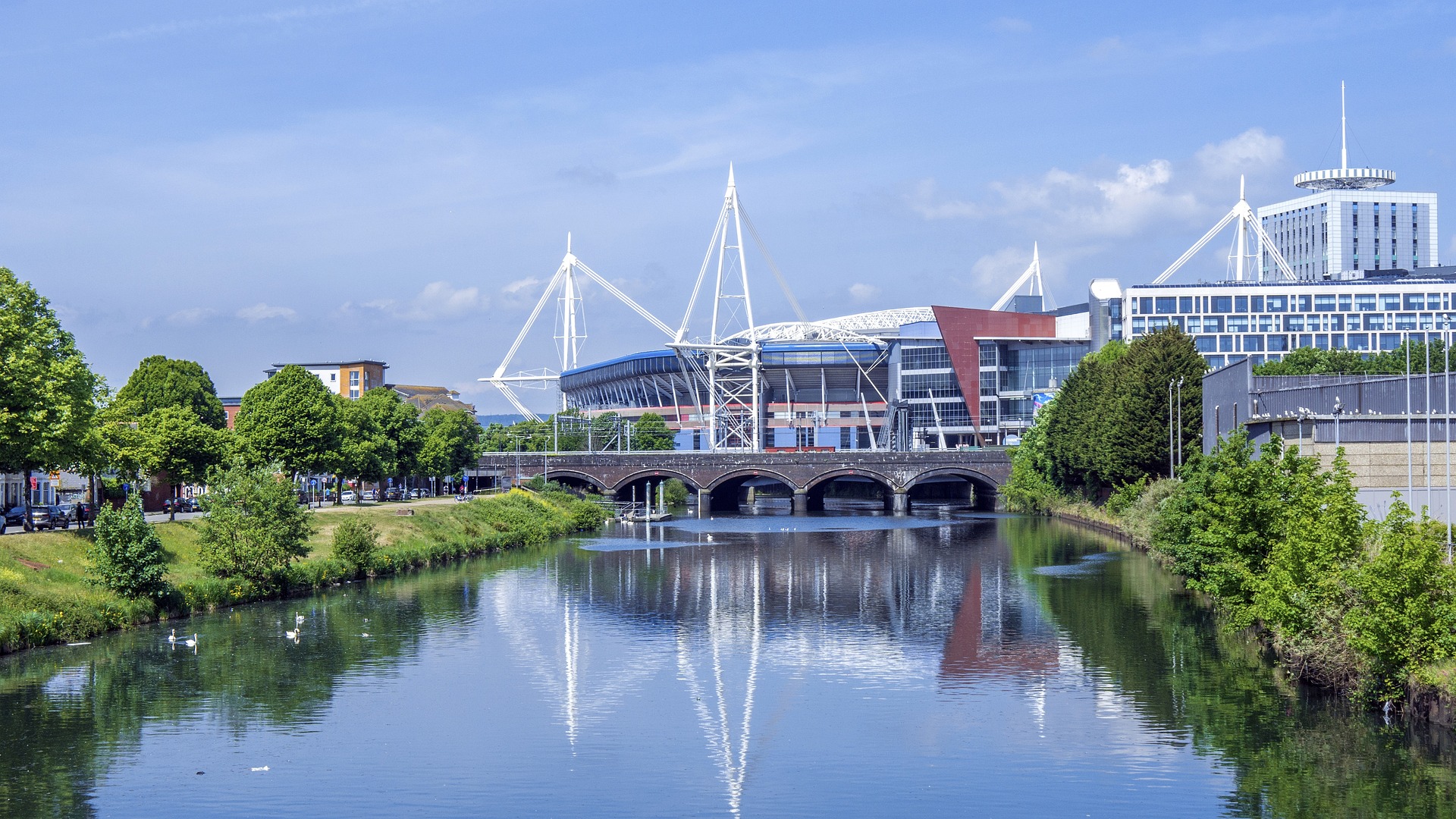The history of Cardiff dates back to Roman times when a fort was built on the site of the current-day city. However, it was not until the 19th century that Cardiff became a major city, thanks to the growth of the coal industry.
In the early 1800s, the Glamorganshire Canal was built, which linked the coal mines in the Rhondda Valley with Cardiff Bay. This allowed coal to be easily transported to Cardiff, where it could be shipped to other parts of the world. The construction of the Taff Vale Railway in the 1840s further increased the city’s importance as a transportation hub.
As the coal industry grew, so did the city’s population, and by the end of the 19th century, Cardiff was one of the largest coal-exporting ports in the world. The city’s docks were also used for importing goods from around the world, including iron, timber, and grain.
During the 20th century, Cardiff continued to develop as a commercial and industrial center. In the 1950s and 1960s, large areas of the city were redeveloped, including the construction of a new shopping center and the creation of new residential areas.
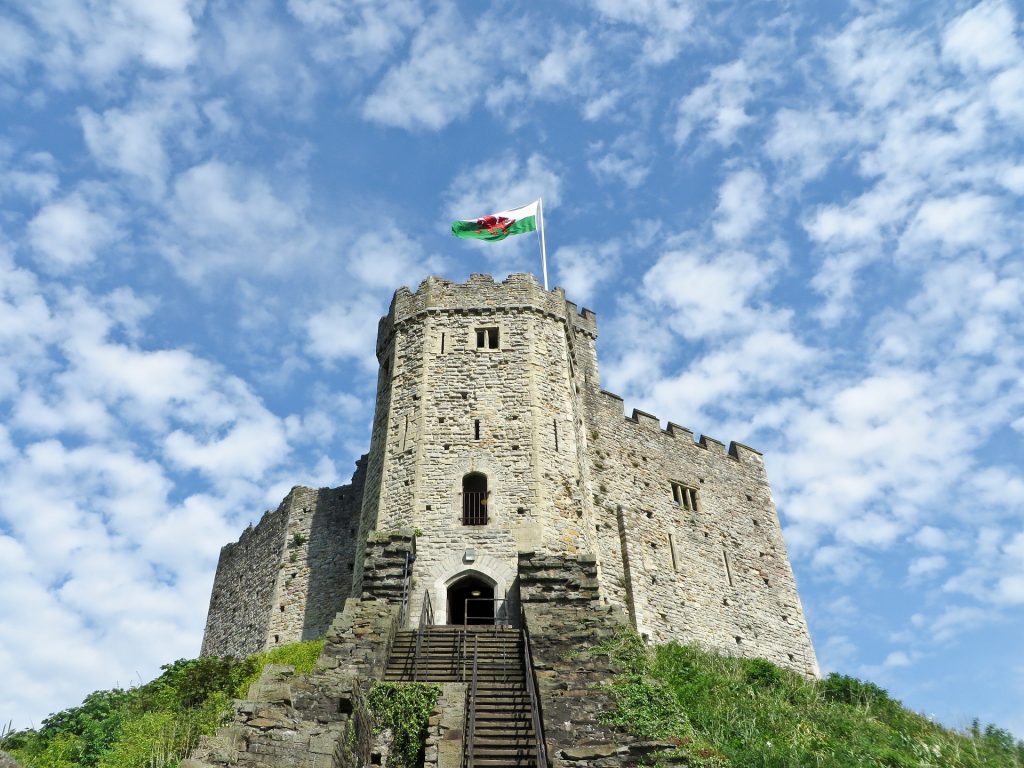
More recently, Cardiff has undergone significant redevelopment, particularly in the area around Cardiff Bay. The bay has been transformed from a rundown industrial area to a thriving waterfront destination, with restaurants, bars, and cultural attractions.
Throughout its history, Cardiff has also played an important role in Welsh culture and politics. The city has been the site of numerous protests and demonstrations, and has been a center of Welsh nationalist movements.
Today, Cardiff is home to a range of cultural institutions, including the Welsh National Opera, the National Museum Cardiff, and the Wales Millennium Centre.
